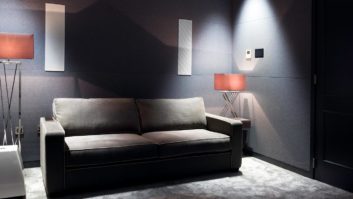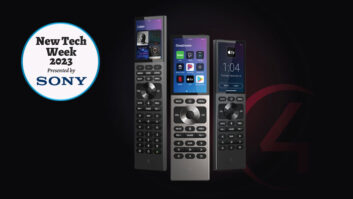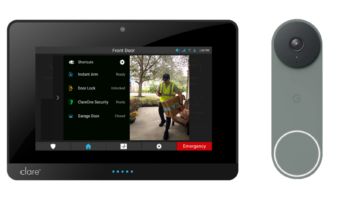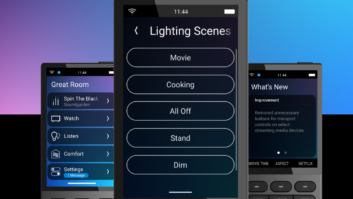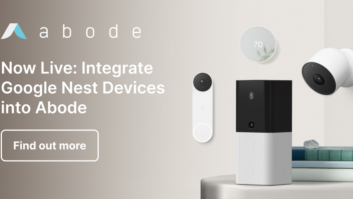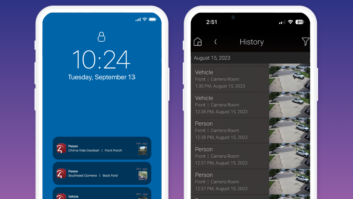When CEDIA announced that Tony Fadell, co-founder of Nest Labs, would serve as its 2013 keynote speaker, the custom installation channel flipped out. “Why,” came the comments, “would CEDIA embrace a brand that would not play nice with others?” The problem was Nest’s unwillingness (it seemed) to introduce an API (Application Programming Interface) to enable developers to create products, apps, or services that work with their thermostat. That was then, and this is now, as Nest has introduced its first web API and is first partner in the developer program is Control4.
The Nest developer program will officially kick off in early 2014, but Nest and Control4 will demo a fully operational API demo at their respective booths this week at CEDIA EXPO to get feedback and suggestions from dealers. A beta phase will come next.
Eric Anderson, Control4’s senior VP of products, told me that Nest Fadell already had a business relationship with Control4’s founders, so he approached the automation brand “a while ago” and asked if we would be the first company that would “exercise” the API and “prove that it could be integrated and automated with other systems.”
“To us that was great news, because the Nest thermostat is a pretty cool device,” Anderson noted. “It was great to be in the position to help create the definition of the API and help design the first driver that lets Nest customers set their settings in a control environment beyond the Nest web interface or on the device itself. We’re excited to get our system and their popular device integrated together.”
Anderson pointed out that Nest is a wireless device that networks up to the Nest cloud where a consumer’s thermostat settings and control reside. Therefor the API is a “cloud API,” meaning any control system or app must call up to Nest’s cloud (its synchronization service) and anything that you do to the Nest thermostat goes into the Nest cloud which then talks to the synchronization service, which talks to the control system. That’s how the control system knows what’s been adjusted on the Nest thermostat or how the thermostat knows what’s been adjusted through the control system.
The downside of communicating through the cloud is that if the cloud is unreachable due to network errors or an overloaded server, the Nest device wouldn’t get synchronization until the cloud service came back. Nest designed its system this way so that the cloud can be the single point of control for all Nest devices in a home.
That’s just a little warning from Control4, but it sounds like it’s worth the risk to maintain a fully integrated home with what of course is not the only thermostat option on the market, but one of the most popular.
You’re going to see the whole thing working end to end at CEDIA.

